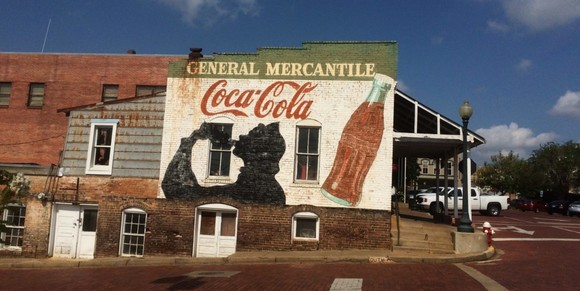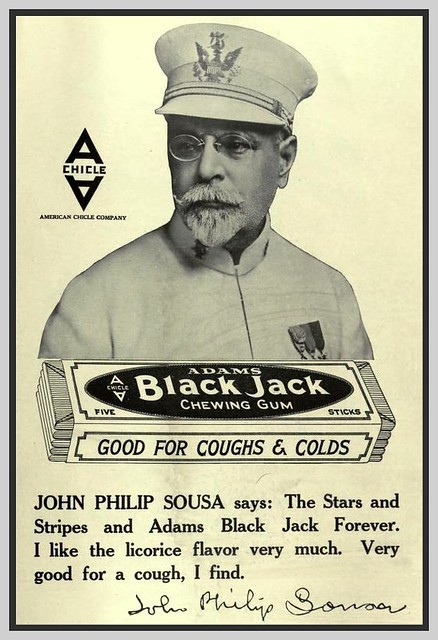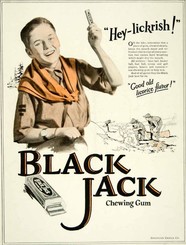
Sewing notions and fabric. Barrels of pickles and potatoes. Nails and nuts in bins, and beans and grains, too. Soaps and spices. Small farm tools and medicines. Coffee and tobacco. And, of course, penny candy.
Yes, you can really find anything at a general store. It's why Girouard's, one of the spots on our list of Texas general stores, proudly goes by the motto, "If we ain't got it, then you don't need it." And yet, the word "general," while accurate, doesn't quite capture the everyday magic of these quaint, small-town spaces.
We could wax poetic about the tin roof and hardwood floor, both trappings of a good ol' fashioned general store, but nothing beats seeing one in real life, preferably during a pit stop to pick up some jerky and glass-bottle Cokes.
That's why we've made a list of some our favorite general stores across the state! Save them or add them to an itinerary using our trip planning tool on Texas Time Travel.
 General Mercantile and Oldtime String Shop in Nacogdoches, TX

Despite our present affinity for increasingly nauseating sugar bombs, the sweet tooth is no modern condition. In some cases, the candy we have today can be traced back thousands of years to Neolithic gum chewers (if you consider birch tar chewing gum). In antiquity, candy looked more like honey with fruit or sesame seeds, called halvah. And in the Middle Ages, when trade routes opened up and Indian cane sugar was brought to Europe, candy began to take on qualities that more closely resemble what we eat today.
As for the stick candy sold in our beloved general stores, its forebears appeared on American countertops around 1837 in an array of flavors like horehound (a potion-like blend of root beer and licorice flavors), clove, peppermint, anise, cinnamon, or lemon. Were these sticks also part of a medicinal regimen? Yes! In fact, a spoonful of sugar or wine was often prescribed to make a bitter, botanical pill go down. These sugar-water folk cures were a money-maker for the travelling peddlers of yore who would go on to open local general stores and trading posts.
Ginger, lemon, peppermint, cinnamon, anise, and sarsaparilla root were all readily available botanicals that were thought to treat a wide variety of pains. In fact, licorice is still thought to boost the immune system, relieve stress, and heal sore throats and tummy aches!
|

Speaking of licorice and ginger goodies, you can still find Black Jack chewing gum in most general stores, though it's a far cry from the tropical punch and cotton candy-flavored concoctions familiar to children today. It turns out Black Jack, America's first flavored chewing gum, was inspired by another favorite in Texas, Mexican chicle! According to the masticating experts at Vintage Gums, "Black Jack gum got its start from Mexican chicle brought over to the states by the exiled President Santa Anna. Thomas Adams bought the chicle from Santa Anna, and he originally intended it to be tested as a natural alternative to rubber. However, after several failed attempts, Adams patented a gum-making machine and added flavorings to produce the chewing gum that is now an iconic piece of history!"
Need something a little stronger? Beeman’s Gum has pepsin in it—yes, the same enzyme once found in Pepto Bismol. Now, are we recommending a stick or two of gum to treat your medical issues? Absolutely not. Do we think Black Jack gum is delicious? Perhaps there are those who think so, but dear reader, we can't count ourselves among them. Will we buy practically anything solely out of nostalgia? Why, yes, of course.
|
|